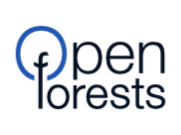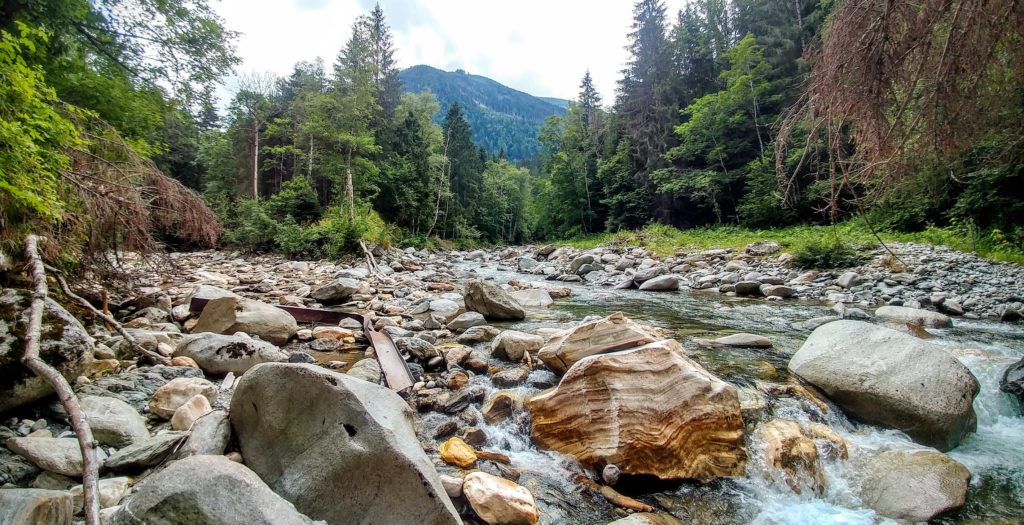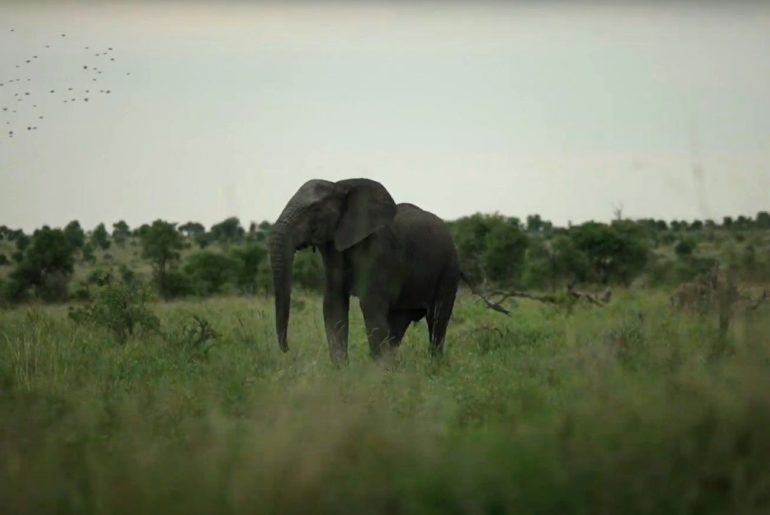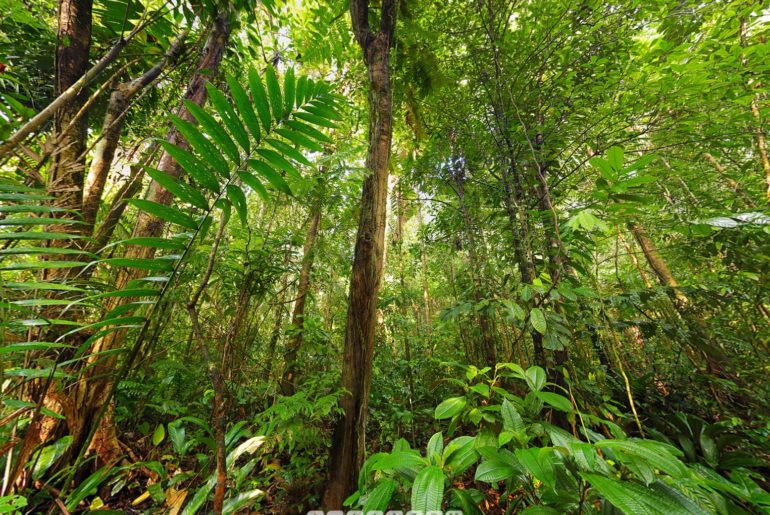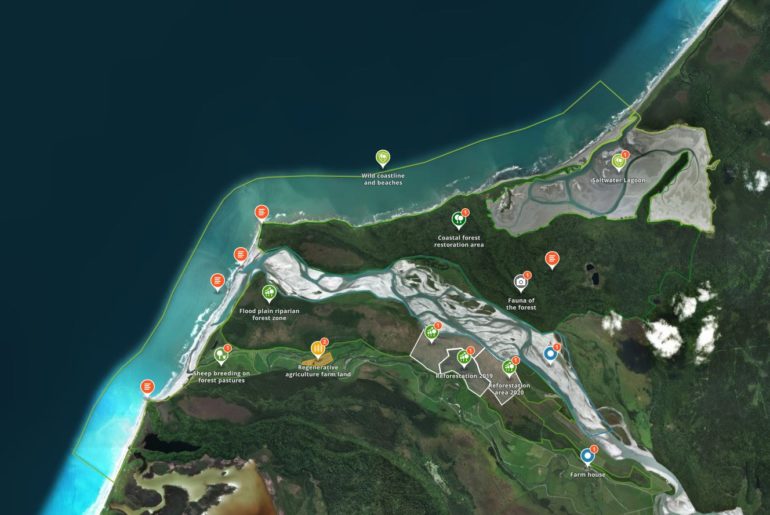Interview with Alexander Watson about inspiration, vision, and work
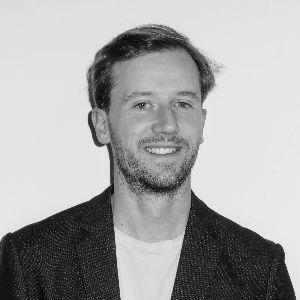
This is a transcript of a video interview of WoBistDude with Alexander Watson who is one of the founders and CEO of OpenForests. They discuss the work that OpenForests does to support sustainable landscape restoration projects to become more social, environmentally friendly and financially resilient. You can follow and visit WoBistDude at the following links: WordPress, Facebook, Linkedin, Youtube.
What is OpenForests and what is the mission of the organization?
I‘m a Forester and together with two friends, Stefan and Patrick, we founded OpenForests in 2011. OpenForest has grown in the meantime into a team of 11 persons with very complementary skill sets. We have knowledge in GIS, mapping, natural resource management, forestry, and of course, also software development.
Our mission is to support sustainable landscape projects, such as agroforestry, forest restoration, or forest conservation among many. We support these projects to become more social, more environmentally friendly, and financially resilient and all of that in a more transparent way.
We do have clients in Latin America, Africa, Asia, and Europe, and we support these clients with forest information management services. Our goal is to build up the entire information chain from the field towards all stakeholders and the public. For this, we provide mobile field apps, help projects to gather information with drone and satellite imagery and store all information in a centralized information system which we call the ForestManager.
Can you explain the value that biodiverse and healthy forests provide to societies around the world?
It’s quite obvious, humanity depends more on the ecosystems than the ecosystems depend on humanity. For example, if you were a fish, you would not poison the pond you are swimming in.
It is interesting and at the same time sad to observe that people still destroy forests, burn them down for infrastructure projects or destructive agriculture, that animals are going extinct at a rate we never had before – maybe at the time of the dinosaurs – and that soils are destroyed to zero fertility.
But why do people do this? My personal theory is that people are somehow disconnected from the planetary ecosystems. Things you do not care for, you might overuse or destroy. I think the essential question, maybe also a question of our time, is: How to make the society reconnect with nature, care for nature, and make the decisions to rehabilitate and restore ecosystems back to their full functions.
A prevalent idea in the environmental movement is the phrase system change. Applied to Forestry, what are some problems with the ways in which people and businesses are currently interacting with forest landscapes? What do we need to change regarding these interactions with forests to create a sustainable future?
Today, forests are still overexploited due to mining, plantation, and infrastructure projects.
A system change starts in every individual. However, it has to go along with a movement, because a movement can catalyze this individual energy and help to organize such a system change. I believe we have to reconnect with nature the same way we do with our close environment, friends, and family, because everything we love, we will protect and support.
This is quite a simple thing. We have the freedom to choose, so let’s be determined to create a sustainable future, in which forests help to create stable landscapes.
How can people learn about or participate in sustainable landscape projects on an individual level?
All over the world, there are so many great and engaged projects. You just need to sit down in front of your computer, google these projects, and contact them. You might also do it by searching for projects on explorer.land, our new project mapping platform, and offer your contribution.
And when you start you will recognize, that it is such a nice feeling to carry forward an idea and do it together.
Could you talk about some of the tools that your organization is using or creating to connect people and forests?
We are connecting people and forests basically on two levels:
First on the data level, and second on the individual level. On the data level, we offer information management services like drone image processing, satellite imagery procurement, and connect everything inside an information system to help the project manager to understand the forest dynamics they are working with. This helps to interact in a more sustainable way with the forest landscapes.
On the other hand, we are trying to connect people and forests also on an emotional level, because we believe that the emotional level can trigger action. We are doing this similar to many organizations with social media, blog posts, podcasts, and newsletters.
Our innovation, however, is the tool that brings both the data and the emotional level together. It is called explorer.land platform. We are doing this with data layers, which can be a map, monitoring data, boundaries, and polygons of the project. On top of this map, we are helping projects to tell their exciting stories: What they are doing on the ground! They do this with multimedia geo blog posts and photos combined as stories. This way, projects can invite visitors to join their project activities in a virtual way.
Alexander, you wrote a blog post about your experience with trial & error when developing a technical drone- mapping solution. This was a long, difficult but entertaining process. How did you manage to stay positive during this time and continue to view problems as opportunities?
Well, let put it like this, during times of trouble we just saw the problem, but we don’t like problems. Therefore, we stayed until we have solved them and in retrospect, we recognized that we have learned a lot from solving problems. We learned to be creative, determined, and to continue. And that almost always there is a solution to a problem. This creates a positive attitude. A problem transitions into a challenge and it can be fun to be challenged.
In that same blog post, you said that your real learning process began after graduation. Many WoBistDude viewers are people about to bridge the gap between academic and professional life. Could you share some insight or advice for young people anxious about the future?
I am going to start with the learning process: My experience is, that in school and university we often have to answer generic questions with memorized answers, just learning by heart and reproducing. I think this is not what really brings you forward. Only after graduation, when I started my professional life, I found out that the deeper learning process starts when you are working on questions to which you currently do not have any predigested answers.
As a piece of advice for graduates: I think the best way is to follow your curiosity and to be determined to answer the questions which really matter to you. These are the questions that challenge you and potentially change the status quo towards better.
Now coming to the second question: Anxiety about the future? My experience is that current educational institutions are trying to put people in line with the expectations of society. If this is not your path and you follow it anyhow it will create anxiety. Anxiety appears when you are not in control of your environment. But how to overcome this anxiety? You have to follow your own path! Do the things you really love! Find people who love similar things and partner with them. Further, what helped me was to read biographies of people who have managed to overcome their anxieties. These biographies worked as a projection canvas to reflect my own anxieties and overcome them.
Speaking of the future, is there any news or upcoming projects that we should look out for from Open forests?
The most interesting project we are working on is explorer.land. This is where we are putting all our efforts into. Our goal is, to make explorer.land the place for inspiring forest landscape projects.
